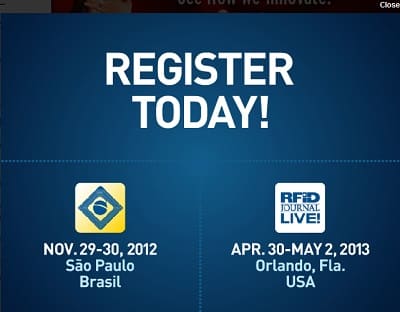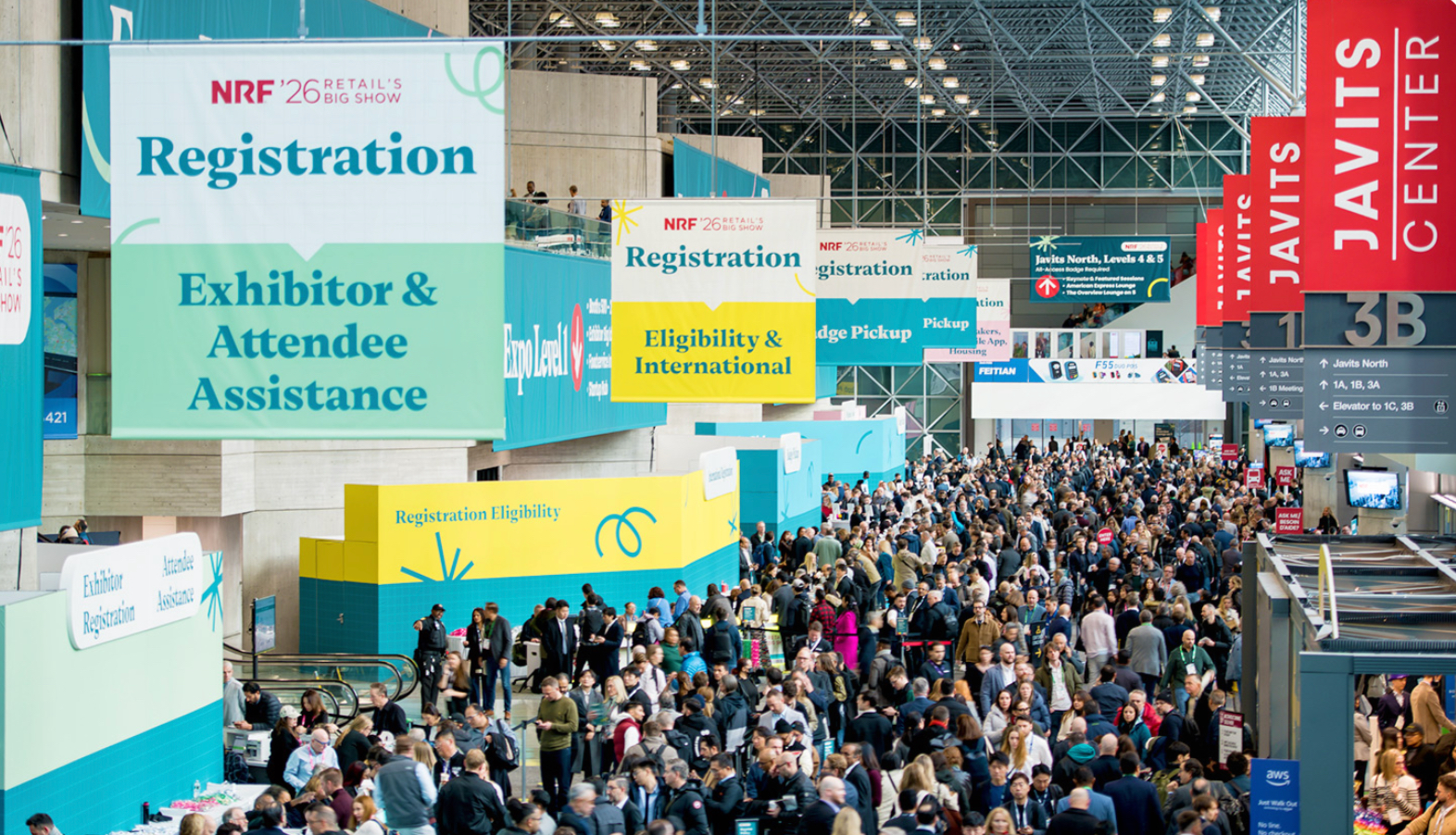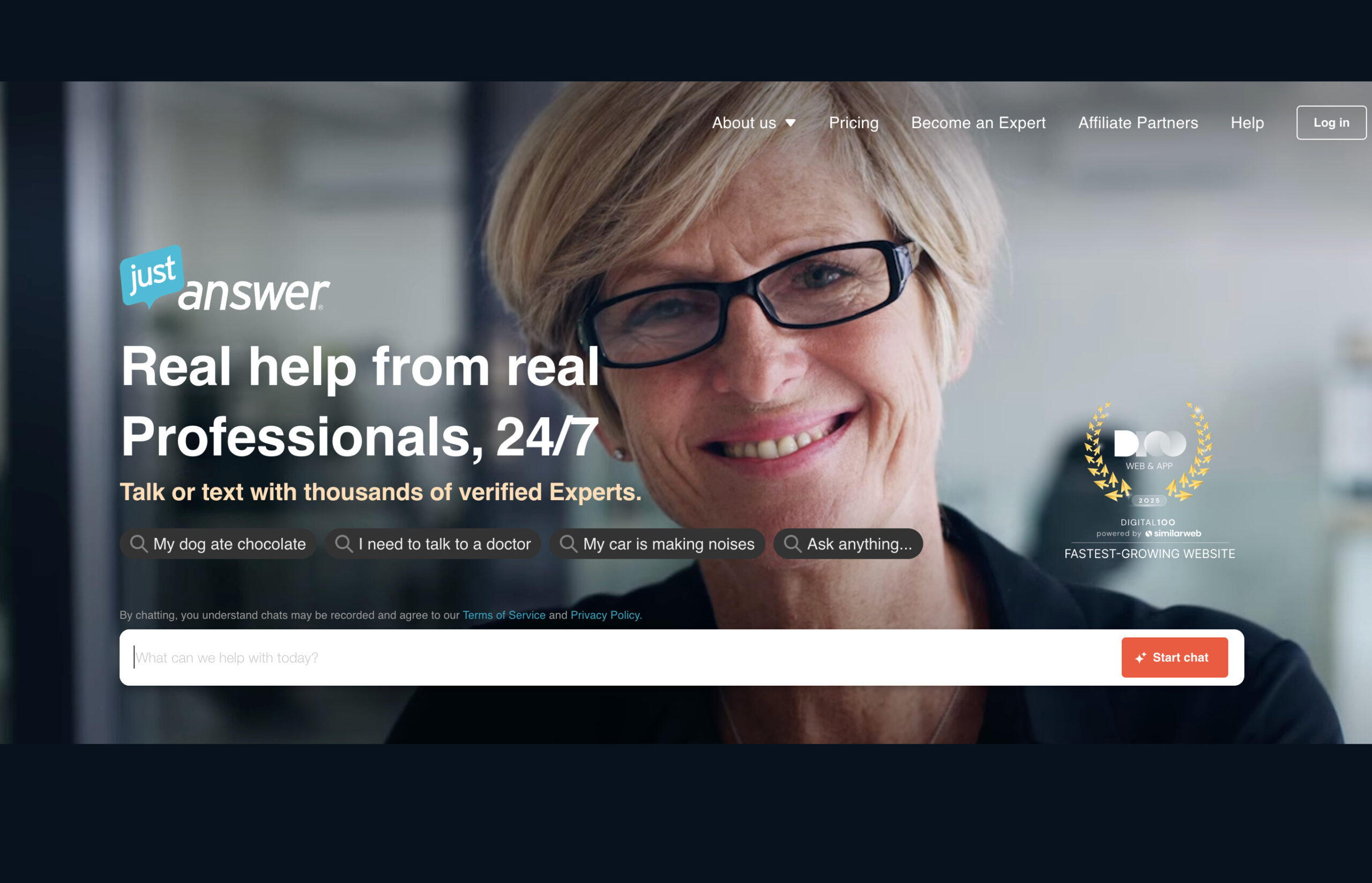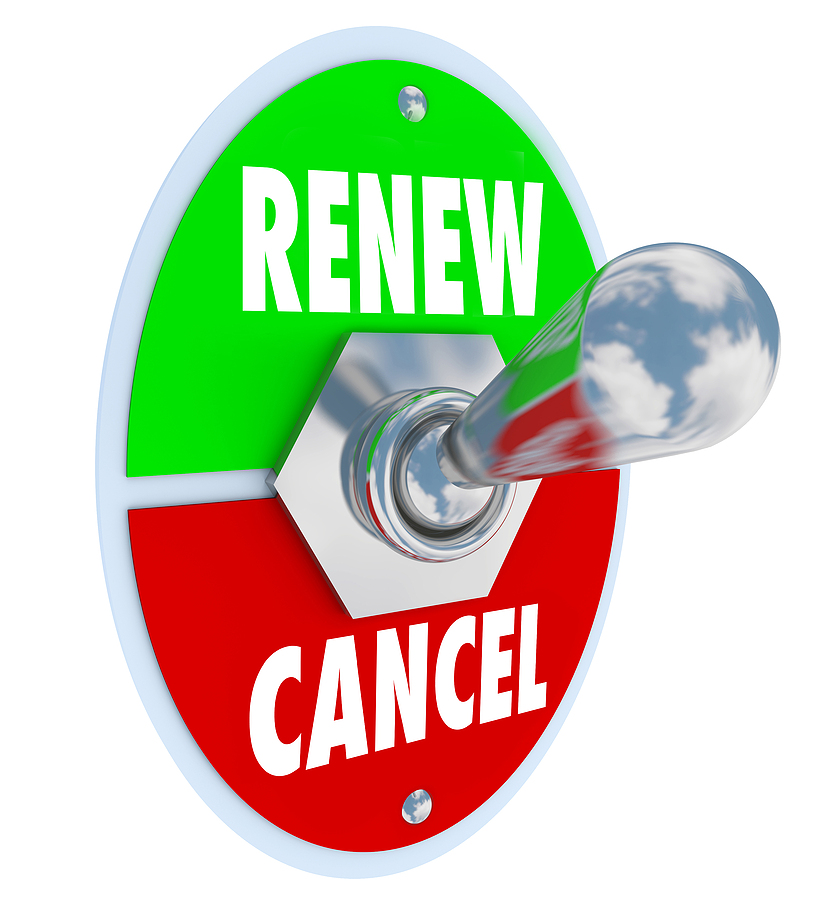
Marketing Live Events: 3 Must-Haves, 6 Best Practices, 5 Advanced Tactics to Sell More Tickets
Lorem ipsum dolor sit amet, consectetur adipiscing elit. Ut elit tellus, luctus nec ullamcorper mattis, pulvinar dapibus leo.
Any smart subscription site owner knows the need to diversify revenues -- and live events can perform double duty by providing strong branding and marketing opportunities while also generating revenue. But only if you can get the word out. Our HOW-TO: Program Events, from Market Research to Speaker Management is an in-depth discussion of how to target an audience, manage speakers, and program and brand an event. In this How-To, we focus on getting butts in seats through 3 marketing must-haves fo...
HELLO!
This premium article is exclusively reserved for Subscription Insider PRO members.
Want access to premium member-only content like this article? Plus, conference discounts and other benefits? We deliver the information you need, for improved decision-making, skills, and subscription business profitability. Check out these membership options!
Learn more about Subscription Insider PRO memberships!
Already a Subscription Insider PRO Member?
Please Log-In Here!








